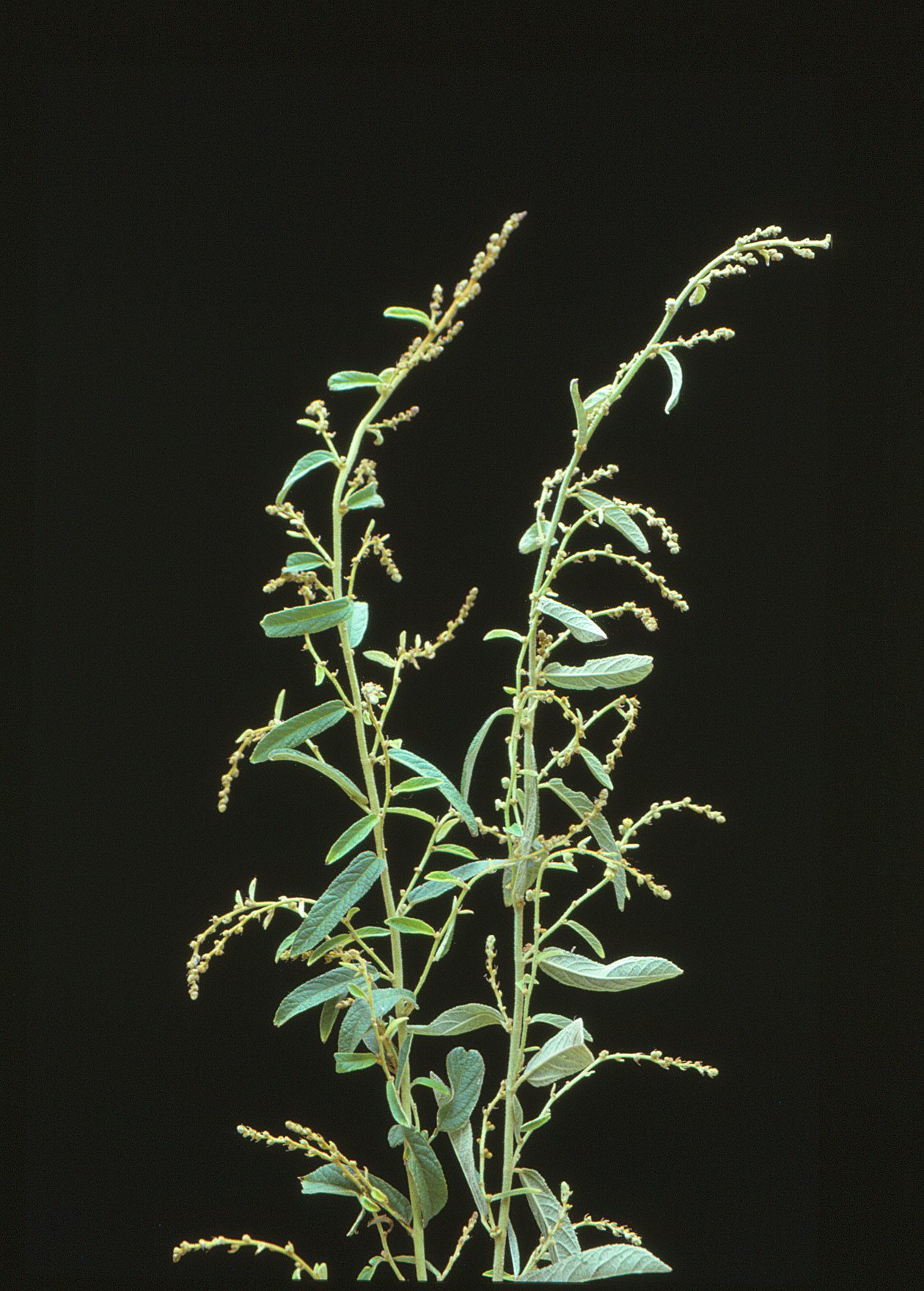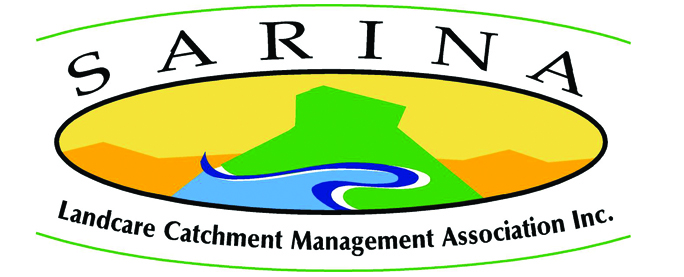Spiked sida
Sida hackettiana, Fam. Malvaceae

Perennial sub-shrub, variously hairy including star-shaped hairs, stems usually woody-based and strongly fibrous above. Spreading, densely hairy to 1.5m but usually shorter. Previously Sida subspicata.
| Weed Category: |
Other invasive plants Invasive plants that are not prohibited or restricted invasive plants, but are known to spread readily and cause negative impacts, within the region.
|
| Weed: | Yes |
| Form or habit: | Shrub |
| Family: | Malvaceae |
| Leaf: | Simple Alternate Alternate simple, margins serrately toothed. Stipules present. Ovate to oblong, 20-100 x 5-40mm, grey-green, densely covered with fine matted star hairs on both surfaces, denser and paler on the underside; stipules linear. |
| Flower conspicuous: | Inconspicuous |
| Flower colour: |
Yellow, Orange |
| Flower description: | Tiny, yellow to orange, in clusters of 2-3, borne along irregular terminal spikes. |
| Fruit conspicuous: | Inconspicuous |
| Fruit colour: |
Brown |
| Fruit: | Dry |
| Fruit description: | Dry round brownish and radially separating into 1-seeded, wedge-shaped segments, with or without 2 fine bristles or points depending on species. Around 4-6mm diameter, separating into 4-5 segments with rounded apex, initially finely hairy, becoming glabrous with age. Calyx 5-lobed, persistent, 2.5-4mm long, woolly hairy with sharp pointed lobes. |
| Habitat: | |
| Distribution | |
| Food source for: | |
| Toxicity: | No toxicity known |
| Origin: | Local native |
| Notes: | Spread by: segments spread by water, farm machinery, stock and in contaminated feed or seed. Bristly segments also adhere to clothing and animals. Invades/threats: pastures, open forests and disturbed areas along roadsides, headlands and stock camps. Notes: local native that appears to be more common on off-shore islands and in drier areas. It prefers lighter soils. It may invade newly planted improved pastures but is rarely eaten by cattle. Environmental weed. |
| Information sources: | Mackay Regional Pest Management Group (2018) Weeds of the Mackay Whitsunday Region Second Edition. |



